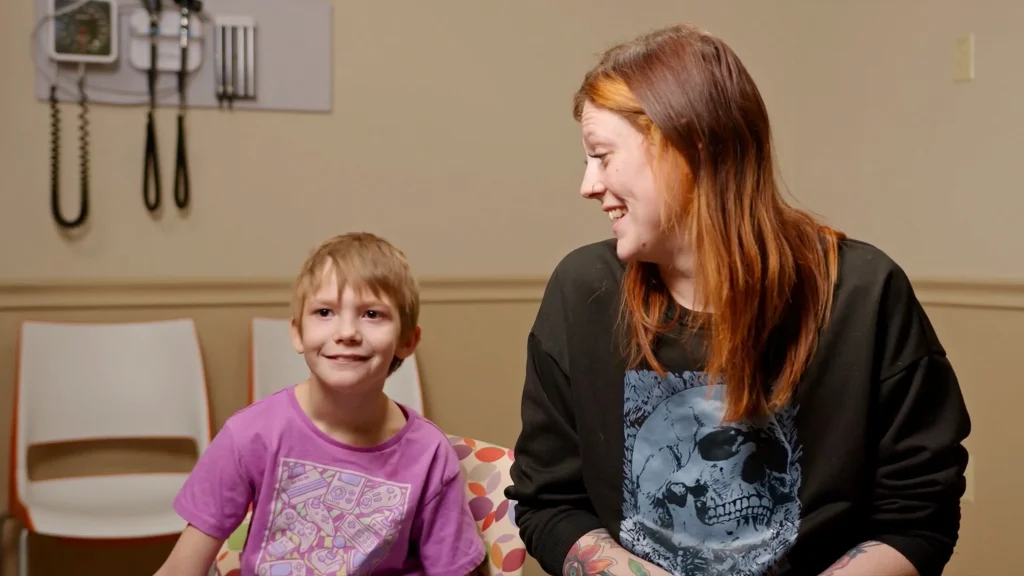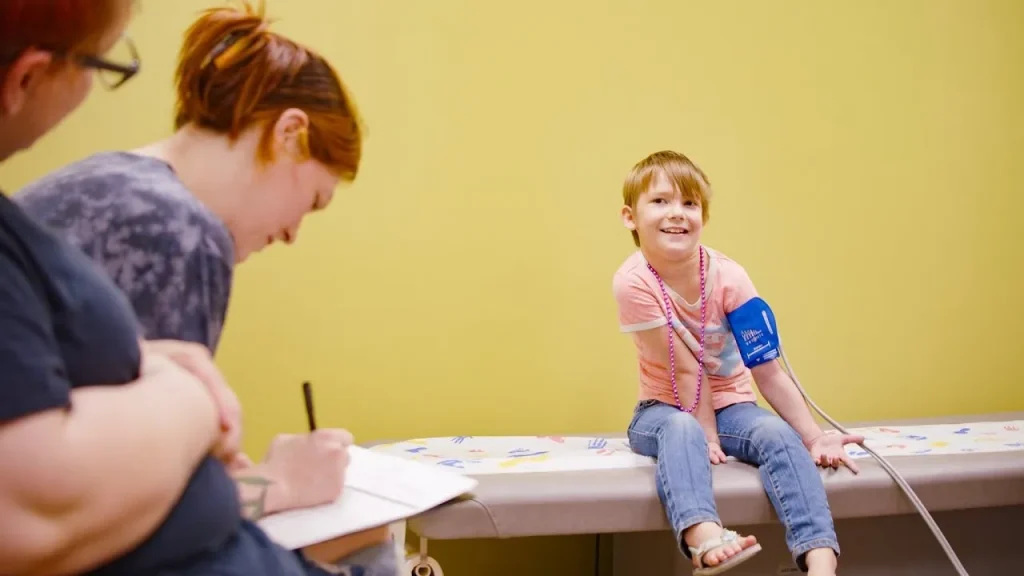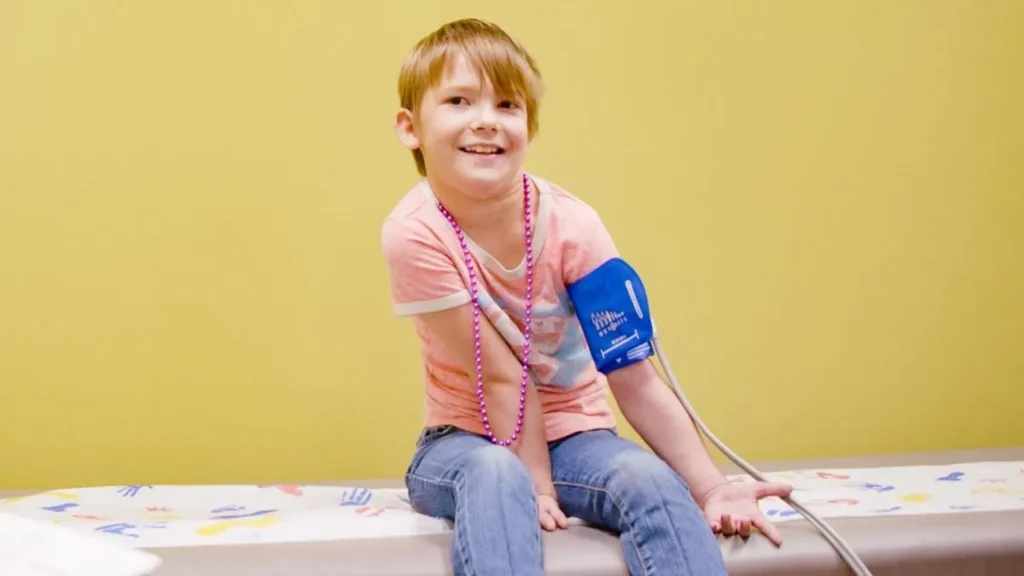An 8-year-old girl from Oklahoma has become the first pediatric patient globally to undergo robotic deep brain stimulation (DBS). This landmark procedure was announced by Oklahoma Children’s Hospital OU Health and Bethany Children’s Health Center, marking a significant milestone in the realm of pediatric neurosurgery.

Karleigh Fry, the young patient, has been battling rapid-onset primary dystonia, a severe neurological movement disorder. Dystonia causes involuntary muscle contractions that left Karleigh initially paralyzed and unable to perform basic functions such as walking, eating, or even sitting up independently. Despite some improvement with multiple medications, Karleigh continued to experience involuntary movements, some severe enough to cause self-injury.
As her doctors sought alternative treatments, Karleigh was selected for the groundbreaking DBS procedure. Dr. Andrew Jea, who led the surgical team, highlighted the significance of this surgery. “This marked the global debut of using a robot from our operating rooms to perform DBS in a child, setting a precedent not only in Oklahoma but also across the United States and worldwide,” Dr. Jea stated in a press release.

Deep brain stimulation involves implanting one or more tiny wires, known as electrodes or leads, into specific areas of the brain. These electrodes connect to a neurostimulator, a small device implanted in the upper chest. The neurostimulator sends electrical impulses to the brain, helping to regulate abnormal signals that cause conditions such as Parkinson’s disease, epilepsy, and Tourette’s syndrome.
According to Johns Hopkins Medicine, DBS can significantly reduce symptoms like tremors and involuntary movements by disrupting disorganized electrical signals in the brain areas controlling movement. While it is not a cure, DBS can enhance a patient’s quality of life considerably.
The integration of robotics into DBS procedures is a revolutionary advancement. OU Health emphasized that the use of a robot in these surgeries enhances “surgical precision and safety,” offering a more controlled and accurate surgical process.
Karleigh’s surgery was conducted in two stages. Initially, the procedure took place at Oklahoma Children’s Hospital, where the electrodes were implanted in her brain. Subsequently, Karleigh was transferred to Bethany Children’s Health Center for comprehensive post-operative care and pediatric rehabilitation.

The results of the surgery were immediate and profound. Minutes after activating the neurostimulator, Karleigh demonstrated significant improvement. OU Health reported that she could lower and relax her arms, a movement she had been previously unable to perform. This progress extended beyond her physical capabilities, with noticeable enhancements in her speech as well.
Trisha Fry, Karleigh’s mother, expressed immense gratitude and relief following the successful surgery. “Her arms used to lock up to the point we would put socks on her hands because she would scratch her neck,” she explained. “There’s definitely been some improvements, even from the moment they turned it on. She is even using her voice a little bit more, and we can make out some of her words.”
